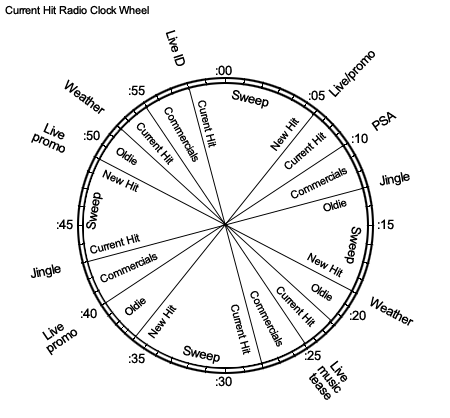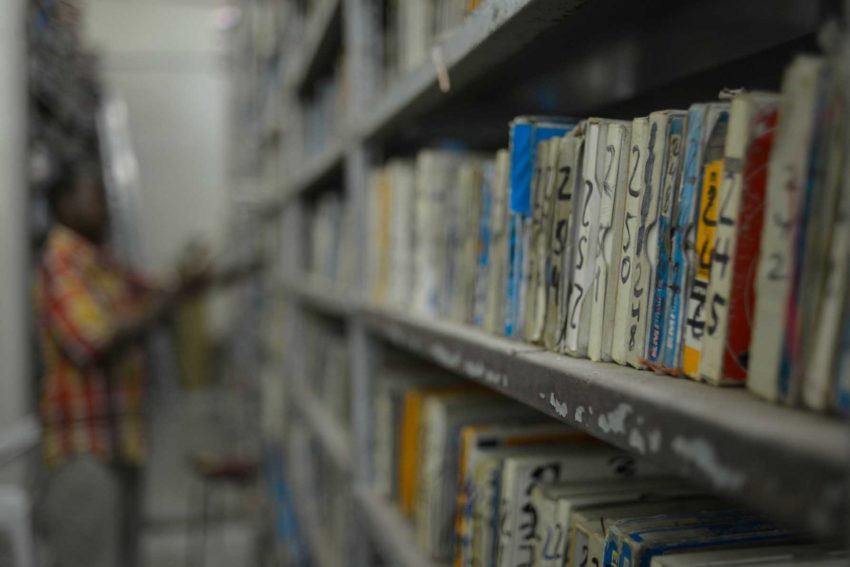Radio programming is one of those things that falls somewhere between art and science. While many college radio stations are “freeform” stations, meaning the DJs choose to play whatever music they want, many others (and almost all commercial stations) are “programmed”. What does that mean and how do you do it?
Programming a radio station is the process of selecting the songs that each DJ will play over the course of the broadcast day. At the most basic level, this is a two-part process. The first part of the process is organizing the station’s music library (all songs approved to play on the station) into categories. These categories are not based on the genre of music the song falls in (although that might be taken into account as a subcategory), but on how new the song is, how popular it is and how often the programmer wants the song to be played.
For example, there might be a “New” category for songs (usually around 15-20 at any given time) the programmer wants to add that were released in the last couple of weeks. Then there might be an “Active” or “Mover” category, for songs that have been in “New” for a couple of weeks and are proving to be popular. Next, there might be a “Power” category for songs that are at their peak and should be in heavy rotation on the station. There may also be a “Down” category for songs that are now past their peak but still somewhat popular, and then a couple of larger categories (“Recurrent”, “Oldies”, etc.) for songs that are older than 6 months but will remain in rotation at the station.
Now that all the songs in the library are categorized, the programmer will create a clock wheel that is essentially a template for one hour of broadcast time. The template will dictate when and how often a song from a specific category will be played during a particular hour. For example, a simplified portion of a typical template might look something like this:
Top of the Hour Station ID
Power
New
Advertisement
Oldie
Power
Down
Weather
Etc….
So, in our example, the DJ would play the top of the hour ID, and then a song from the “Power” category, followed by a song from the “New” category, etc. These days, this template would be entered into a computer that will then randomly choose songs from each category (sometimes with other restrictions, such as “don’t play a song by the same artist within two hours”) and fill out the day’s programming. The DJ doesn’t have to choose or really even know anything about the categories, the computer will provide a list of the songs to be played each hour. Often the station will have multiple clock wheel formats for different times of the day, so that morning drive time will be different from late evening.

While this can feel restrictive to a lot of DJs, there are good reasons for radio stations, even college stations, to follow a programmed format. One reason is that humans aren’t great at being random and will lean towards playing music they know, so programming the station ensures that all songs in rotation are evenly distributed throughout the day. Also, many stations are committed to playing a certain number of new songs each day, or to playing songs by local or regional bands, so programming the station ensures that those commitments are met.
Clock wheel photo credit: http://riograndemud.com/clockwheel/

